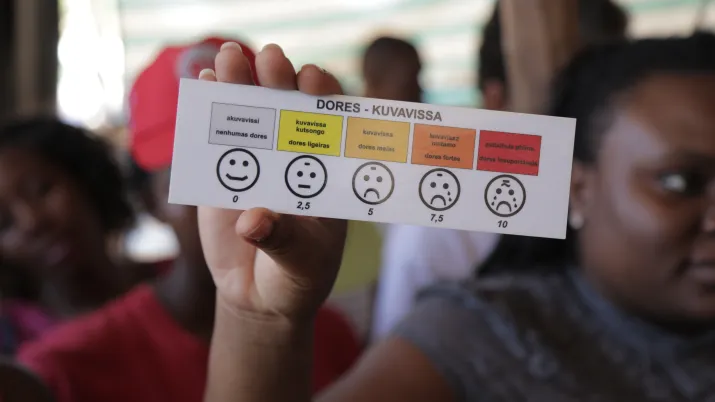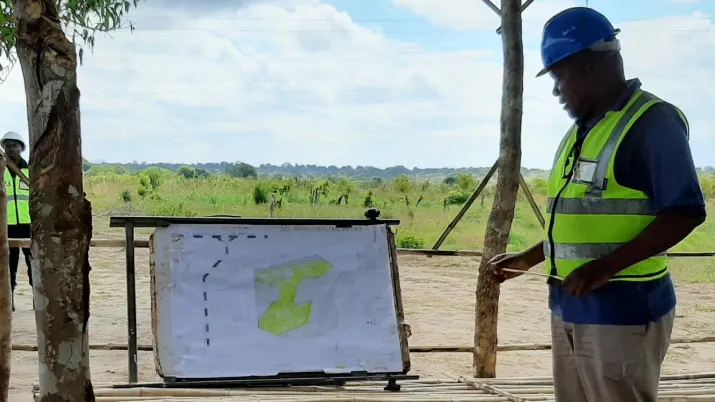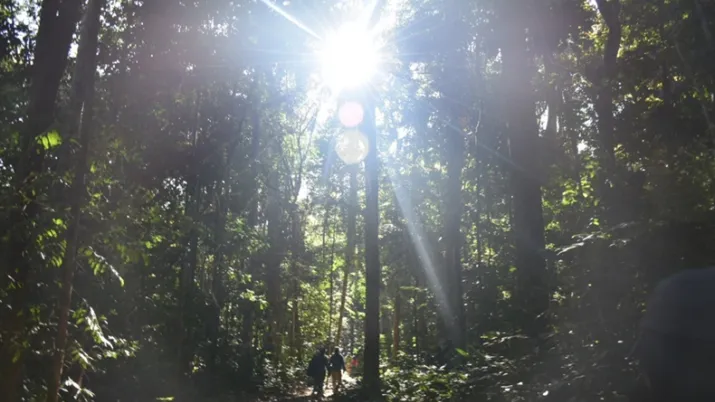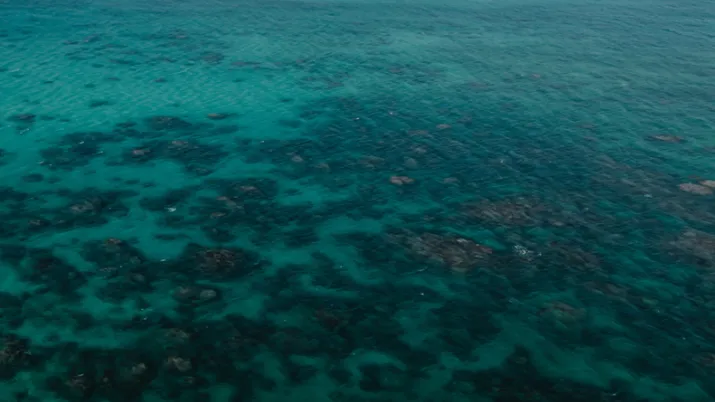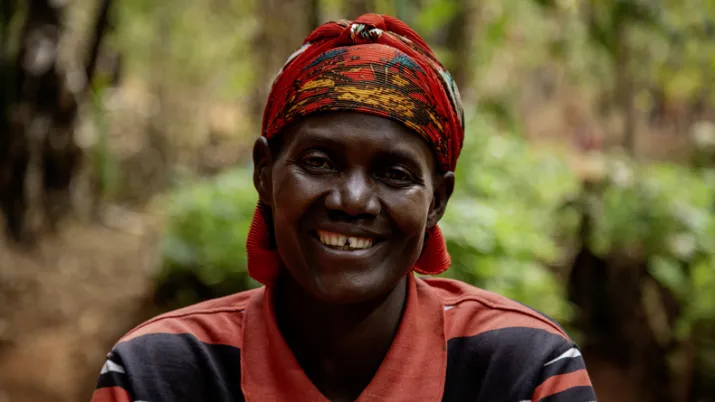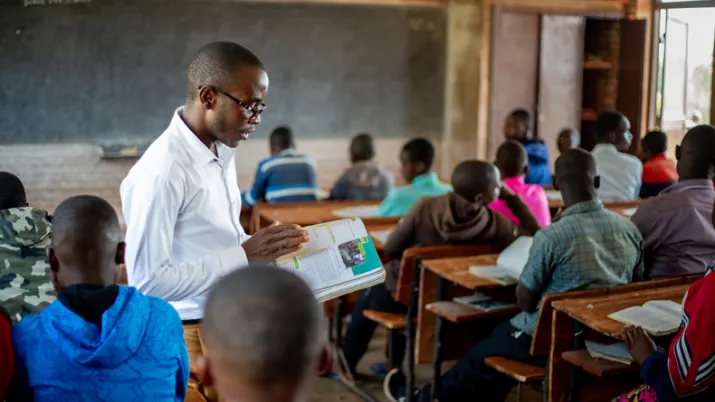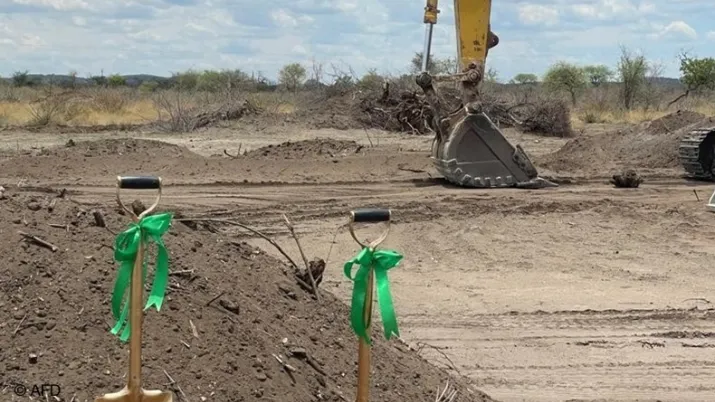Share the page
Projet OLOH : One Limpopo One Health
Project


-
Project start date
-
Status
Ongoing
-
Project end date
-
-
Project duration
-
4 years
-
AFD financing amount
-
€ 5 000 000
-
Country and region
-
Location
-
Province de Gaza - Parc National du Limpopo
-
Type of financing
-
Beneficiaries
-
Administração Nacional das Areas de Conservação (ANAC) ; Peace Parks Foundation (PPF) ; CIRAD
AFD and FFEM (Fonds Français pour l'Environnement Mondial) are continuing their partner-ship with Limpopo National Park (LNP) and the NGO Peace Parks Foundation (PPF), co-manager of the park, through the OLOH project, which contributes to the sustainable socio-economic development of communities living around the park, through an integrated ap-proach to ecosystem, animal and human health.
Context
With the gradual reintroduction of wildlife into the PNL and the increasing effects of climate change, competition between livestock and wildlife for water resources and grazing land has intensified, against a backdrop of growing food insecurity for local populations, linked to restrictions on access to resources and the ban on hunting in the park. Today, it is essential to develop economic and livelihood opportunities for communities (agriculture, livestock breeding), to prevent them from turning to unsustainable exploitation of natural resources and poaching activities.
Description
The OLOH project is organized around 4 complementary technical pillars, aimed at fostering agricultural and livestock development, sustainable natural resource management and socio-community development in the Mabalane and Massingir districts. They are as follows :
- Identify community development activities in the area around the park in a participatory and integrated manner;
- Improve the sustainability of livestock farming through a "One Health" approach, integrating human, animal and ecosystem health issues;
- Improve climate change resilience of vulnerable families and empower women;
- Improve community participation in natural resource management by revitalizing community management committees.
Impacts
The project will increase the sustainability of livestock systems through integrated land management and natural resource protection interventions, and by reducing the risks associated with increased contact with wildlife. The project's complementary support for agricultural activities will strengthen adaptation to climate change and maintain a resilient economy based on women's empowerment.



